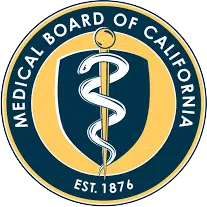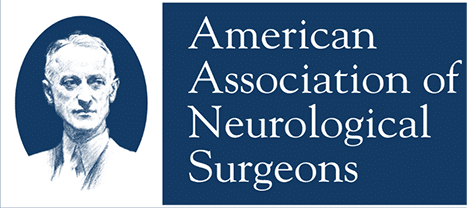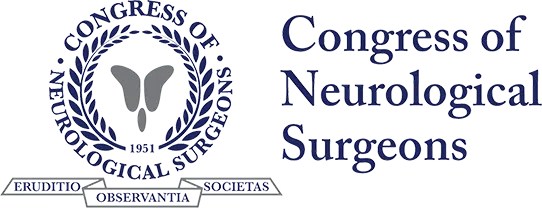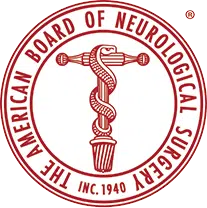Spinal Cord Stimulation Orange County, CA with Dr. Taghva
Board-certified neurosurgeon Alexander Taghva, M.D., F.A.A.N.S. has pioneered an innovative new treatment for chronic pain: endoscopic spinal cord stimulation in Orange County, California. Call now to schedule your appointment:
949-388-7190

Advantages of Spinal Cord Stimulation Unveiled
Spinal cord stimulation (SCS) offers a path toward reclaiming comfort and functionality for individuals living with chronic pain. While not a cure, it can be a powerful tool within a broader pain management strategy that may also include physical therapy, medication, and relaxation techniques. Many patients experience not only physical relief, but also improved sleep and an enhanced quality of life.
"*" indicates required fields

Call today to Schedule your Consultation
Dr. Alexander Taghva delivers advanced spine and brain solutions.
What is Spinal Cord Stimulation (SCS)?
Spinal cord stimulation is a medical therapy used to manage chronic pain by delivering mild electrical impulses to the spinal cord. These impulses interrupt pain signals before they reach the brain, often replacing them with a more tolerable sensation such as a light tingling or, in some cases, eliminating the sensation altogether.
The SCS system includes a small pulse generator introduced under the skin through an implant procedure and thin wires, or leads, that deliver the electrical signals to the appropriate area near the spinal cord. Patients can control the intensity and pattern of stimulation using a handheld device, allowing them to tailor their pain relief throughout the day.
This therapy is most often used when other pain management approaches, like medications or physical therapy, have not provided sufficient relief. For many, spinal cord stimulation becomes an important part of a multi-faceted, long-term strategy for improving function and quality of life.
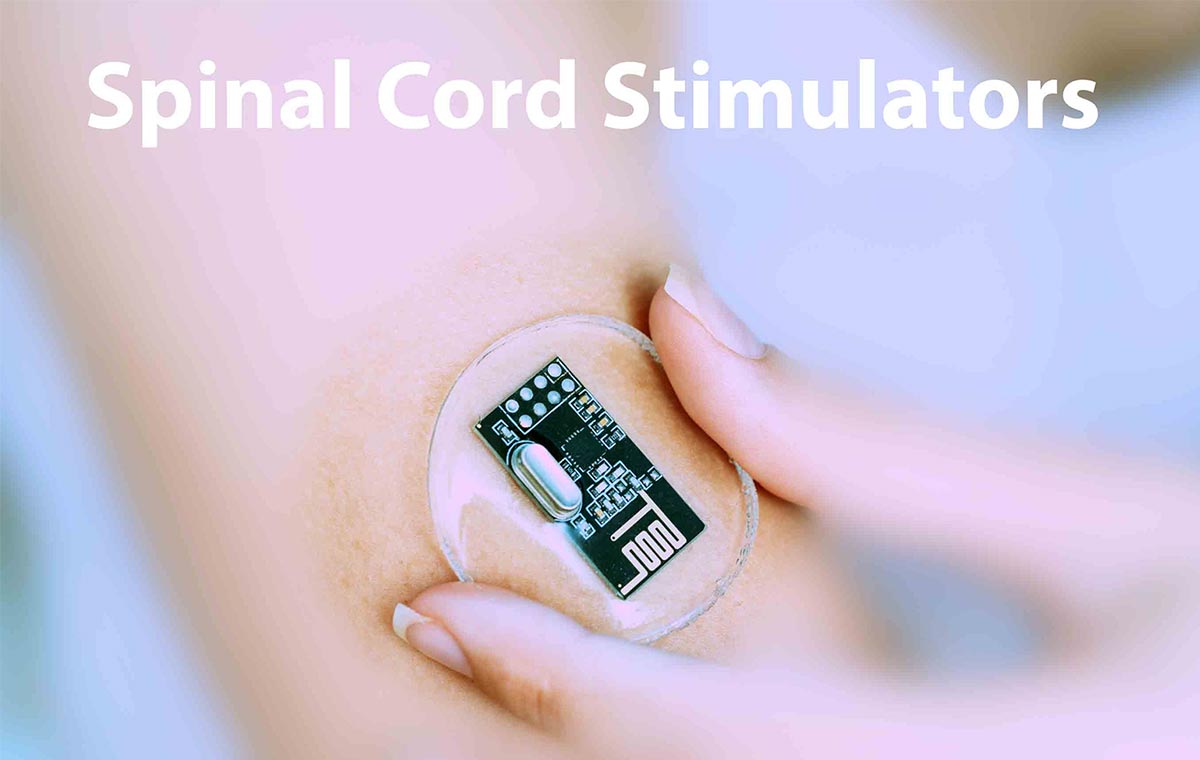
Types of Spinal Cord Stimulation Devices
Spinal cord stimulation devices come in different forms, each offering unique features suited to various medical needs and lifestyle preferences. Dr. Taghva helps patients choose the most appropriate system based on their condition, comfort, and goals for pain relief. Common Types of SCS Devices:
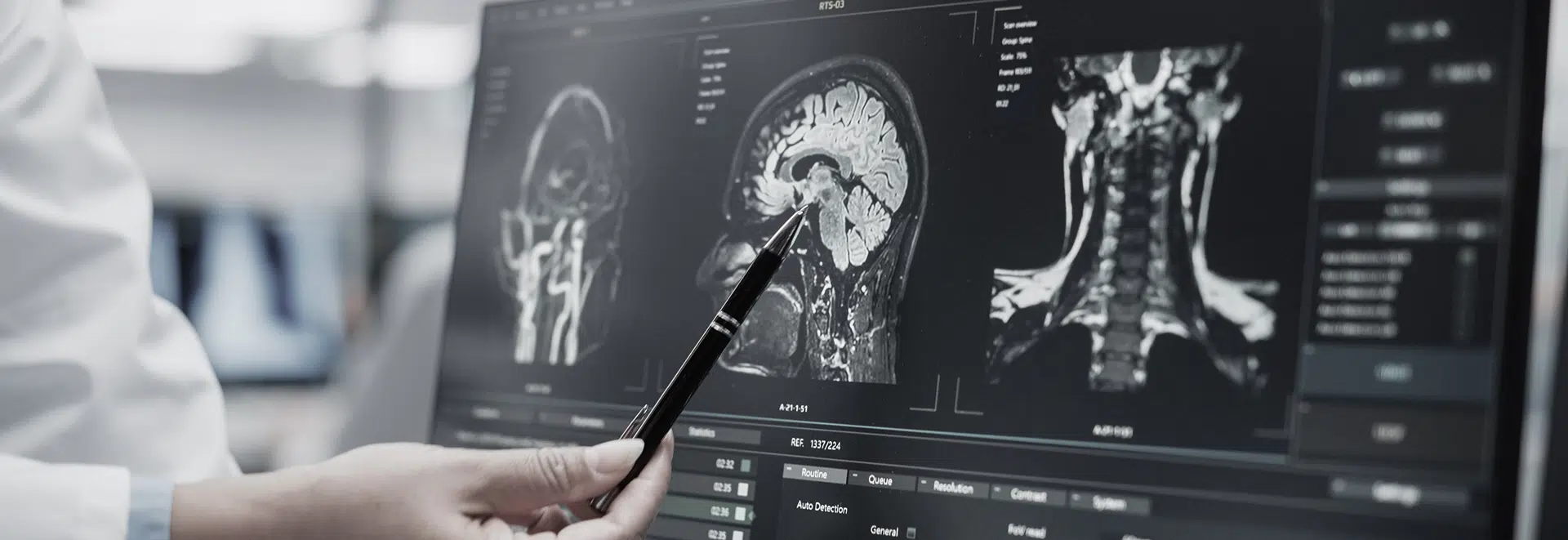
Who is a Candidate for Spinal Cord Stimulation?
Spinal cord stimulation therapy is typically recommended for patients who have experienced chronic pain for three months or longer and have not found adequate relief with more conventional treatments such as medications, physical therapy, or surgery. It is especially helpful for those with nerve-related pain that affects mobility and daily function.
SCS can be a valuable option when further surgery is not desirable or likely to be successful, and it can help reduce reliance on opioid medications or other long-term drug therapies. Common diagnoses that may benefit from spinal cord stimulation include:
- Failed back surgery syndrome (FBSS)
- Complex regional pain syndrome (CRPS)
- Spinal stenosis
- Herniated disc
- Chronic back pain (nerve-related)
- Radiculopathy
- Peripheral neuropathy
- Parkinson’s disease-related pain

The Spinal Cord Stimulation Consultation in Mission Viejo, CA
Your first consultation with Dr. Taghva is a comprehensive and personalized appointment designed to determine whether spinal cord stimulation is the right approach for your pain. He will carefully evaluate your symptoms, medical history, and any past treatments you’ve tried.
Dr. Taghva takes time to explain the science behind SCS, review the different device options available, and answer all your questions. If appropriate, he may recommend a trial period where a temporary device is used to gauge how well SCS relieves your pain before committing to a permanent implant.
This collaborative and informative process ensures that each patient receives a treatment plan tailored to their specific needs and lifestyle goals.
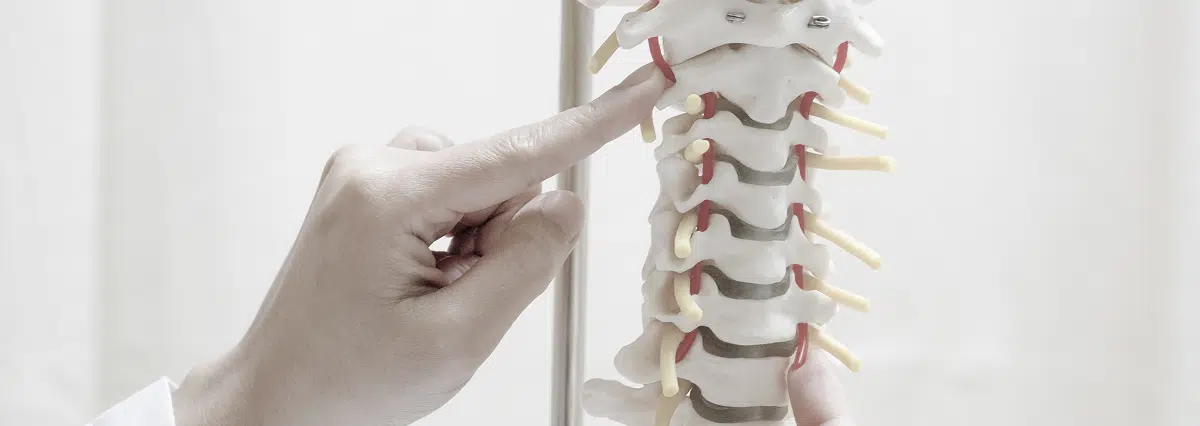
Are you ready to meet a leading Orange County Neurosurgeon?
Preparing for Spinal Cord Stimulation
Before undergoing spinal cord stimulation, patients will need to complete a few important steps to ensure the procedure is safe and effective. Dr. Taghva may request diagnostic tests such as medical imaging, blood work, or nerve studies to evaluate your condition and rule out other issues.
It’s also important to follow specific preoperative instructions, which may include pausing certain medications like blood thinners, abstaining from alcohol and smoking, and arranging for a ride home after the procedure due to anesthesia use.
Preparation needs can vary from patient to patient, and Dr. Taghva’s team will provide personalized guidance to help you feel confident and ready for your procedure.
The Spinal Cord Stimulation Procedure
Dr. Taghva performs spinal cord stimulation as a minimally invasive outpatient surgery using advanced endoscopic techniques. This approach allows for greater precision with less disruption to the surrounding tissue, which means reduced recovery time and lower risk of complications.
During the procedure, a small incision is made to insert the stimulation leads near the spinal cord. Another incision is made to implant the pulse generator, typically placed in the upper buttock area. The leads are then connected to the generator, and the system is tested for proper function.
Once the device is in place, patients can adjust the intensity of the stimulation using a handheld remote. This level of control allows individuals to fine-tune their pain management throughout the day, depending on their activity level and comfort.
Spinal Cord Stimulator Surgery Recovery Time
Recovery from spinal cord stimulator surgery is typically smooth and manageable, especially with Dr. Taghva’s minimally invasive approach. Most patients return home the same day and begin to notice improvements in pain levels shortly after the procedure.
Initial recovery takes about one to two weeks, during which swelling or mild discomfort at the incision sites is normal. During this time, patients are advised to avoid strenuous activities, heavy lifting, and overhead arm movements to prevent displacement of the leads.
Full recovery and stabilization of the device leads can take up to 12 weeks. Dr. Taghva will schedule follow-up visits to monitor healing and ensure the stimulator is functioning optimally. Patients typically experience gradual, steady improvement in comfort and mobility over this period.
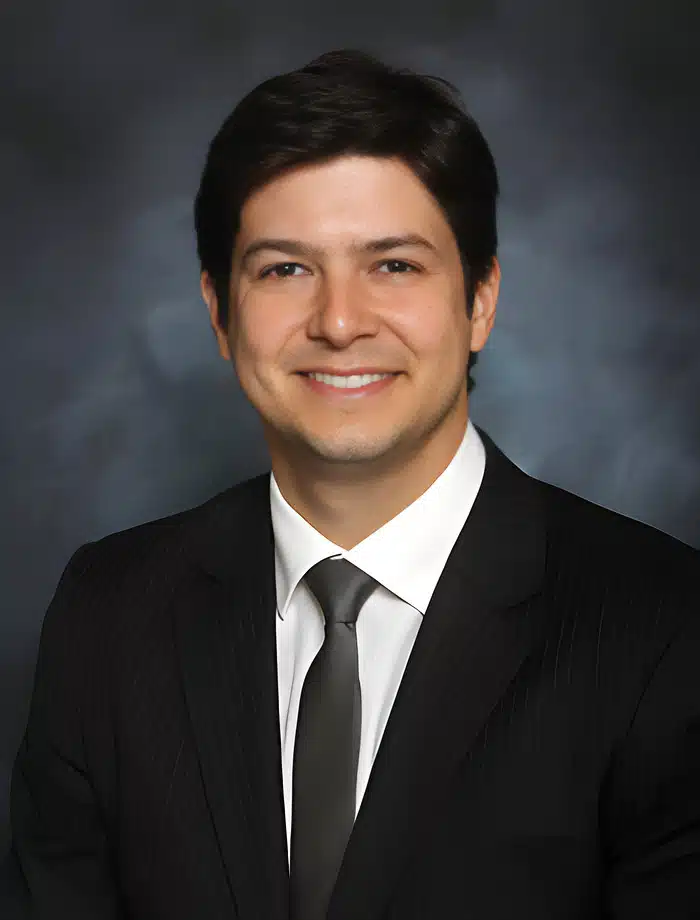
Why Choose Dr. Alexander Taghva
Dr. Alexander Taghva is a leading board-certified neurosurgeon, specializing in brain surgery, endoscopic spine surgery, as well as spine disorders. Also, he is the only spine surgeon in Orange County and southern California who offers endoscopic laminotomy surgery. Dr. Taghva:
- Graduated from John Hopkins University School of Medicine and completed his residency at the University of California
- Completed a prestigious fellowship at The Ohio State University in Neuromodulation and Functional Neurosurgery
- Specializes in minimally invasive and endoscopic surgery, spinal stenosis, artificial disc replacement, spinal disorders, spinal surgery revision, and other spinal conditions.
- Specializes in brain surgery to treat trigeminal neuralgia, brain tumors, pituitary tumors, and Parkinson’s disease.
- A highly-respected neurosurgeon with many years of experience, including treating chronic pain via stimulation of the spinal cord and brain
- Actively involved in medical research and the lead investigator for clinical trials on spinal cord stimulation
Frequently Asked Questions About Spinal Cord Stimulation
This article was written by Alexander Taghva, M.D., F.A.A.N.S. Meet Dr. Taghva of Mission Viejo, CA, to educate patients on spinal cord stimulation.

